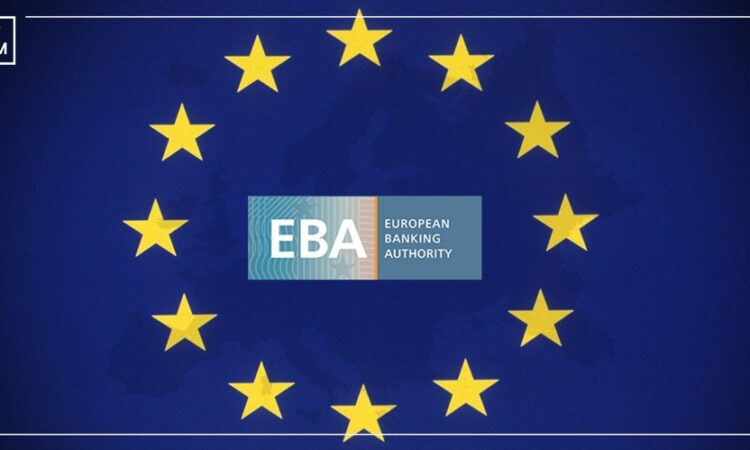
The European Banking Authority (EBA) has extended its
guidelines on money laundering (ML) and terrorist financing (TF) risk factors
to crypto-asset service providers (CASPs). This initiative is significant in the EU’s ongoing battle against illicit financial
activities. As crypto assets become increasingly susceptible to misuse for
criminal purposes, the EBA’s guidelines aim to equip CASPs with the knowledge
and tools to identify and effectively mitigate these risks.
The EBA’s guidelines shed light on the risks CASPs face, emphasizing factors such as the rapid crypto-asset transfers
and features that conceal user identities. These risks necessitate a
comprehensive understanding, prompting the EBA to provide a list
of factors indicating exposure levels to ML and TF risks.
CASPs have been urged to delve
into their customer base, product offerings, delivery channels, and
geographical locations to pinpoint vulnerabilities. To counteract these risks, the CASPs are encouraged by the EBA to
adjust their mitigating measures, with a special emphasis on the use of
blockchain analytics tools.
The guidelines provide a roadmap for CASPs to
tailor their strategies based on the identified risk factors, creating a robust
defense against potential money laundering and terrorism financing activities.
Due to the interconnected nature of the financial sector,
the guidelines extend to other credit and financial institutions that engage
with CASPs or have exposure to crypto assets. The regulator explained that the risk escalates when institutions form business relationships with non-authorized crypto-asset service providers. However, the EBA’s comprehensive approach ensures a cohesive strategy
across the financial landscape.
EU Combats Financial Crime
The guidelines for the ML and TF risk factors align
CASPs across the EU, harmonizing their approach to implementing the risk-based
strategy for anti-money laundering and countering the financing of terrorism. According to the EBA, this harmonization is important for fostering a united front against
financial crime.
Last year, the EBA established comprehensive rules to regulate the stablecoin market. These regulations aim to establish a
robust framework, requiring stablecoin issuers to uphold minimum capital and
liquidity standards.
According to the watchdog, the primary objective is safeguarding investors by ensuring that stablecoin-backed currencies maintain
sufficient reserves, thereby mitigating potential crises. This strategic move
is intended to provide a robust foundation for the stablecoin industry,
reducing risks and enhancing investor confidence.
The European Banking Authority (EBA) has extended its
guidelines on money laundering (ML) and terrorist financing (TF) risk factors
to crypto-asset service providers (CASPs). This initiative is significant in the EU’s ongoing battle against illicit financial
activities. As crypto assets become increasingly susceptible to misuse for
criminal purposes, the EBA’s guidelines aim to equip CASPs with the knowledge
and tools to identify and effectively mitigate these risks.
The EBA’s guidelines shed light on the risks CASPs face, emphasizing factors such as the rapid crypto-asset transfers
and features that conceal user identities. These risks necessitate a
comprehensive understanding, prompting the EBA to provide a list
of factors indicating exposure levels to ML and TF risks.
CASPs have been urged to delve
into their customer base, product offerings, delivery channels, and
geographical locations to pinpoint vulnerabilities. To counteract these risks, the CASPs are encouraged by the EBA to
adjust their mitigating measures, with a special emphasis on the use of
blockchain analytics tools.
The guidelines provide a roadmap for CASPs to
tailor their strategies based on the identified risk factors, creating a robust
defense against potential money laundering and terrorism financing activities.
Due to the interconnected nature of the financial sector,
the guidelines extend to other credit and financial institutions that engage
with CASPs or have exposure to crypto assets. The regulator explained that the risk escalates when institutions form business relationships with non-authorized crypto-asset service providers. However, the EBA’s comprehensive approach ensures a cohesive strategy
across the financial landscape.
EU Combats Financial Crime
The guidelines for the ML and TF risk factors align
CASPs across the EU, harmonizing their approach to implementing the risk-based
strategy for anti-money laundering and countering the financing of terrorism. According to the EBA, this harmonization is important for fostering a united front against
financial crime.
Last year, the EBA established comprehensive rules to regulate the stablecoin market. These regulations aim to establish a
robust framework, requiring stablecoin issuers to uphold minimum capital and
liquidity standards.
According to the watchdog, the primary objective is safeguarding investors by ensuring that stablecoin-backed currencies maintain
sufficient reserves, thereby mitigating potential crises. This strategic move
is intended to provide a robust foundation for the stablecoin industry,
reducing risks and enhancing investor confidence.






